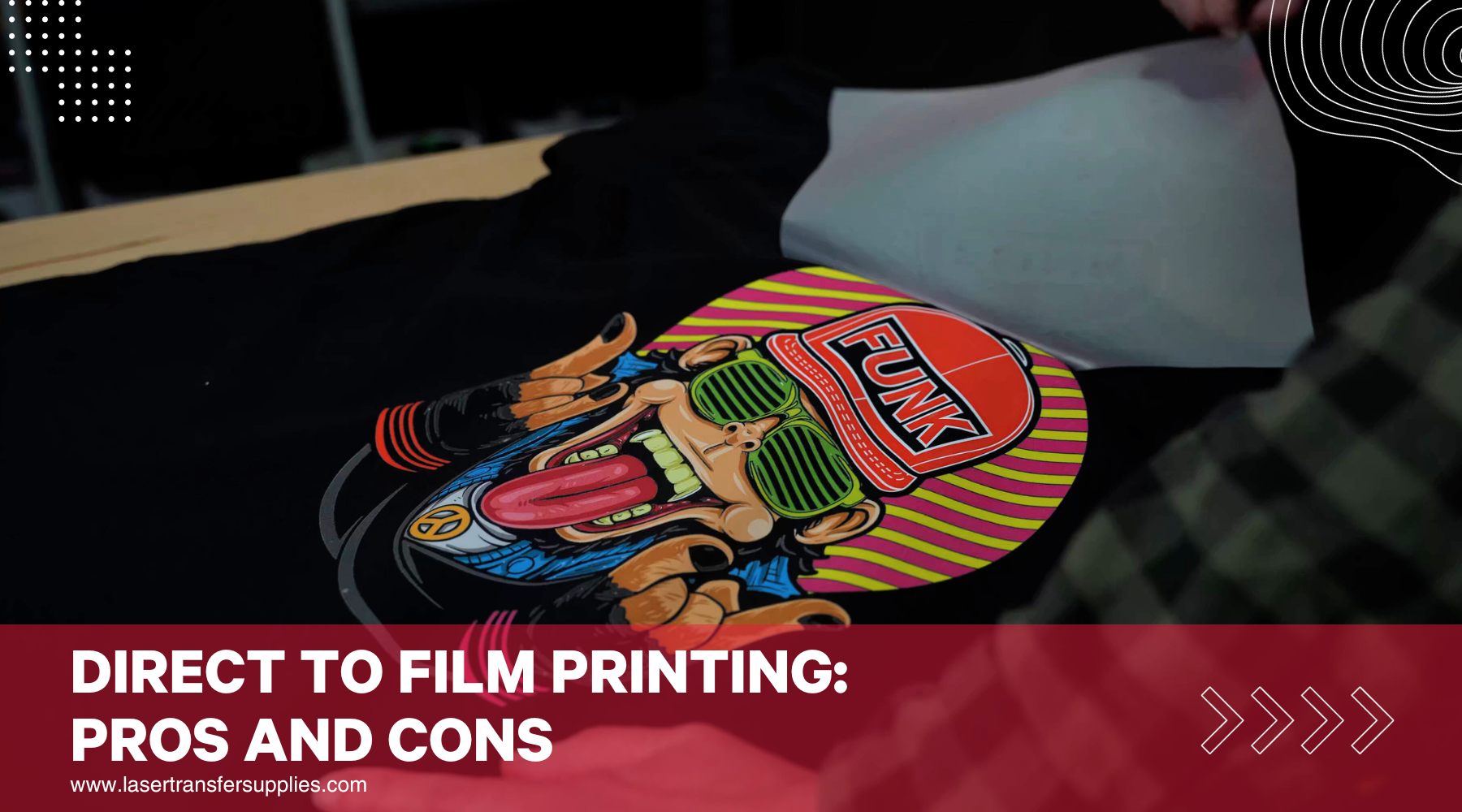The Ultimate DTF Printing Overview: Techniques, Products, and Applications
The Ultimate DTF Printing Overview: Techniques, Products, and Applications
Blog Article
Ultimate Overview to DTF Printing Methods for Sensational Textile Layouts
Getting started on the journey of understanding DTF printing methods can open up a globe of opportunities for creating visually exciting fabric designs. In this guide, we will certainly explore the complex information of DTF printing, from grasping the fundamental basics to unraveling advanced shade techniques that can elevate your layouts to new elevations.
Comprehending DTF Printing Fundamentals
DTF printing, a procedure that involves transferring styles from a special film to textiles using warm and pressure, forms the structure of fabric printing strategies. The very first action in DTF printing entails creating or picking a layout that will certainly be published onto the fabric.
As soon as the style is published on the movie, it is after that carefully placed onto the fabric, ensuring proper alignment and positioning. The next critical action includes applying warmth and stress using a warm press device. This procedure activates the dyes or pigments on the movie, causing them to sublimate and bond with the textile fibers completely. The result is a sensational, resilient fabric layout that is cleanable, versatile, and resistant to fading. On the whole, recognizing the fundamentals of DTF printing is vital for grasping this modern fabric printing technique.
Selecting the Right Fabric Materials
Having actually established the foundational concepts of DTF printing methods for textile layouts, the next essential consideration depends on selecting the ideal textile products to match this innovative procedure efficiently. The success of a DTF print largely depends upon the compatibility in between the picked textile and the printing strategy. When picking fabric materials for DTF printing, it is vital to consider the material's make-up, weave, and appearance. Fabrics that function well with DTF printing consist of polyester blends, spandex, nylon, and other artificial materials. These fabrics generally have a smooth surface area that permits vivid and in-depth prints. Additionally, the stretchability of these products can fit the warm transfer procedure entailed in DTF printing without distorting the design. It is recommended to avoid natural fibers such as cotton or silk, as they might not generate the exact same degree of print clarity and durability. By selecting the ideal fabric materials, developers can make the most of the capacity of DTF printing to develop magnificent and durable textile layouts.

Mastering the Printing Process
To excel in DTF printing techniques for textile styles, mastering the printing process is vital for attaining high-quality and consistent outcomes. The temperature, pressure, and period of warm application have to be thoroughly managed to guarantee appropriate attachment of the design to the textile. By developing each of these steps in the printing process, developers can continually produce long lasting and magnificent textile styles with DTF printing methods.
Enhancing Styles With Shade Methods

Moreover, trying out shade gradients can bring a sense of motion and fluidity to the layout. By blending colors flawlessly, a gradient impact can be achieved, including a modern and vibrant touch to the textile layout. Additionally, making use of shade blocking strategies can develop vibrant and striking visuals by comparing different strong shades in unique areas of the style.
Moreover, including metallic or neon colors can give a eye-catching and distinct component to the fabric layout, making it stick out and exhibit a sense of vibrancy. When tactically used, these shade techniques can boost the overall aesthetic allure of fabric layouts, making them much more fascinating and memorable.
Troubleshooting Common DTF Printing Issues
After exploring various color techniques to improve textile designs, it is necessary to address common DTF printing concerns that might develop throughout the production procedure. One usual problem is inadequate bond, which can result from improper treating temperature levels or times. To solve this problem, guarantee that the treating setups are accurate which the adhesive used appropriates for the certain material being published on. An additional constant challenge is shade incongruities, where colors may appear differently than anticipated. This can be caused by wrong shade profiles or setups in the printing software program. To tackle this, double-check the color setups and profiles to guarantee they match the intended layout. In addition, get more problems with photo clarity and intensity can occur as a result of low-resolution photos or improper printing strategies. To address this, constantly make use of premium photos and adjust the printing settings for optimal clearness. By understanding these common troubles and implementing the necessary troubleshooting actions, you can boost the total quality of your DTF printed textile designs.
Verdict
In final thought, grasping DTF printing techniques is necessary for creating spectacular fabric layouts. With method and attention to detail, one can produce attractive and distinct textile designs utilizing DTF printing strategies.
Styles))))
DTF printing, a procedure that includes transferring layouts from a special film to fabrics making use of warm and pressure, creates the structure of fabric printing techniques.Having actually developed the foundational principles of DTF printing methods for textile designs, the next essential consideration lies in picking the appropriate fabric materials to complement this ingenious process successfully. By selecting the appropriate fabric materials, designers can make best use of the possibility of DTF printing to develop long-lasting and magnificent fabric designs.
To excel in DTF printing techniques for textile layouts, mastering the printing procedure is important for attaining high-quality and constant outcomes. DTF Printing. By honing each of these actions in the printing process, designers can continually generate stunning and sturdy textile layouts with DTF printing methods
Report this page